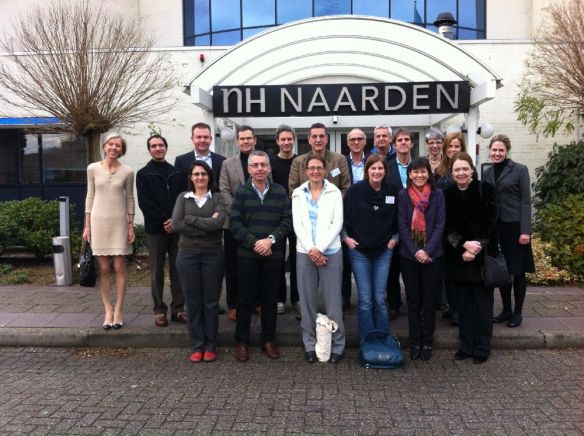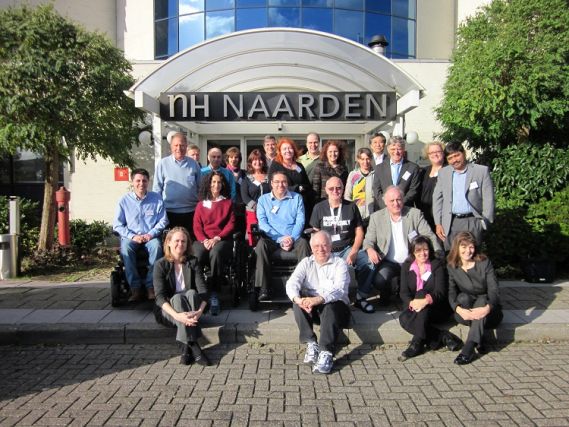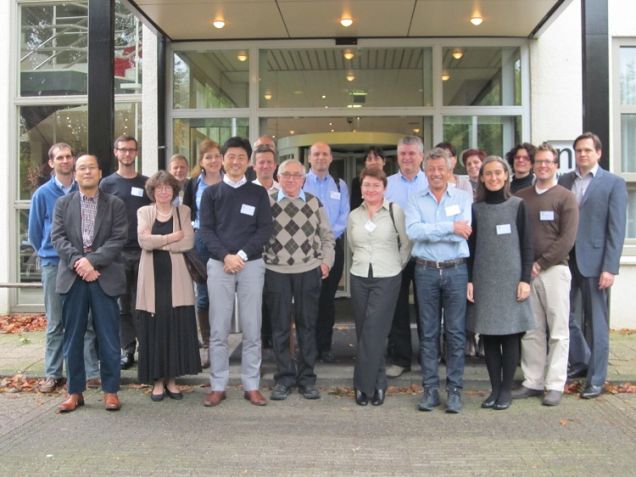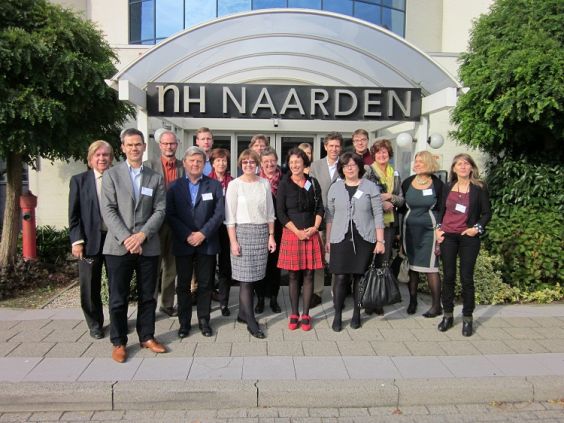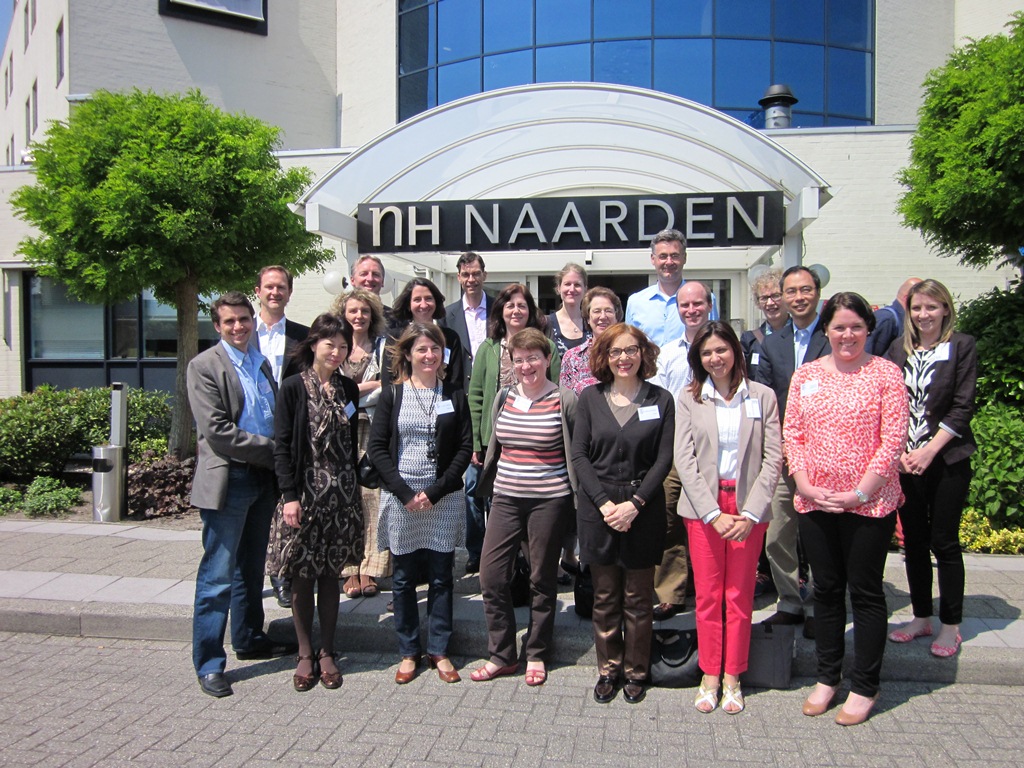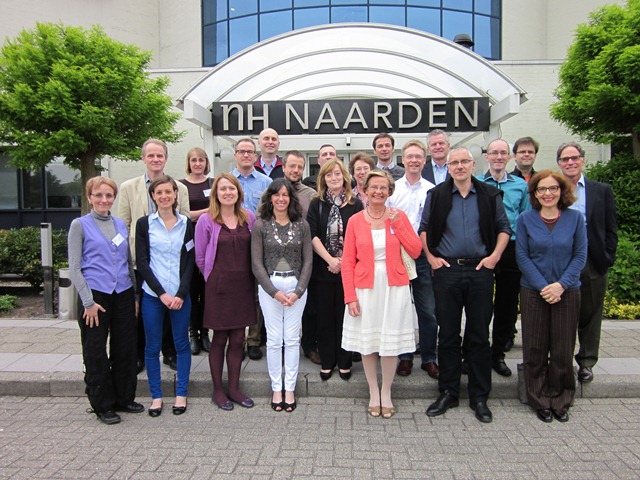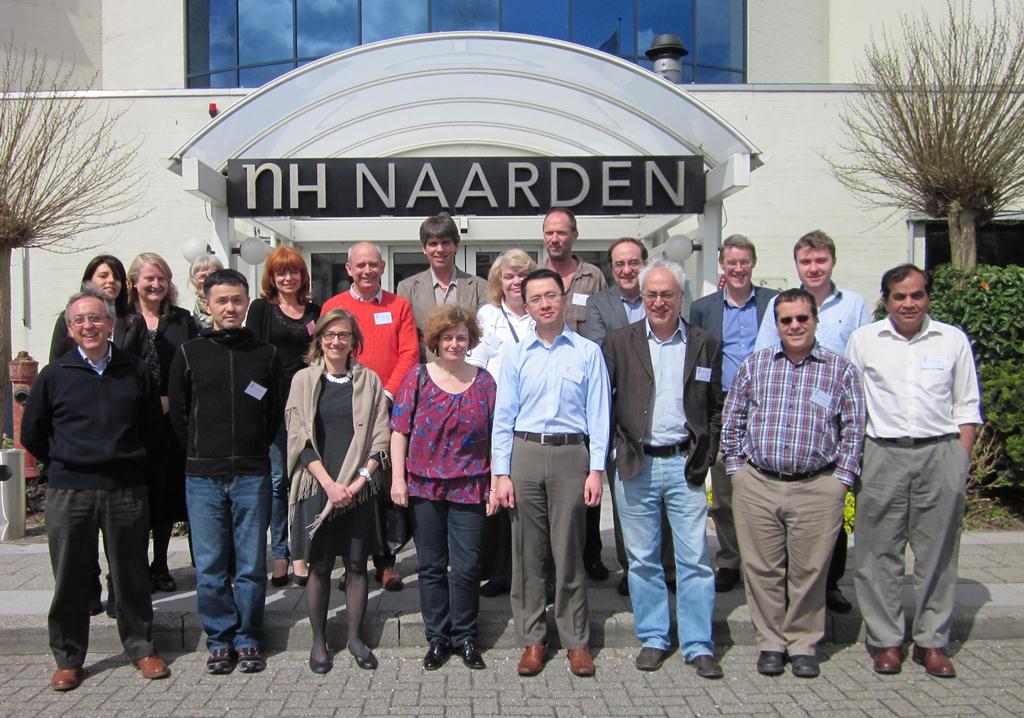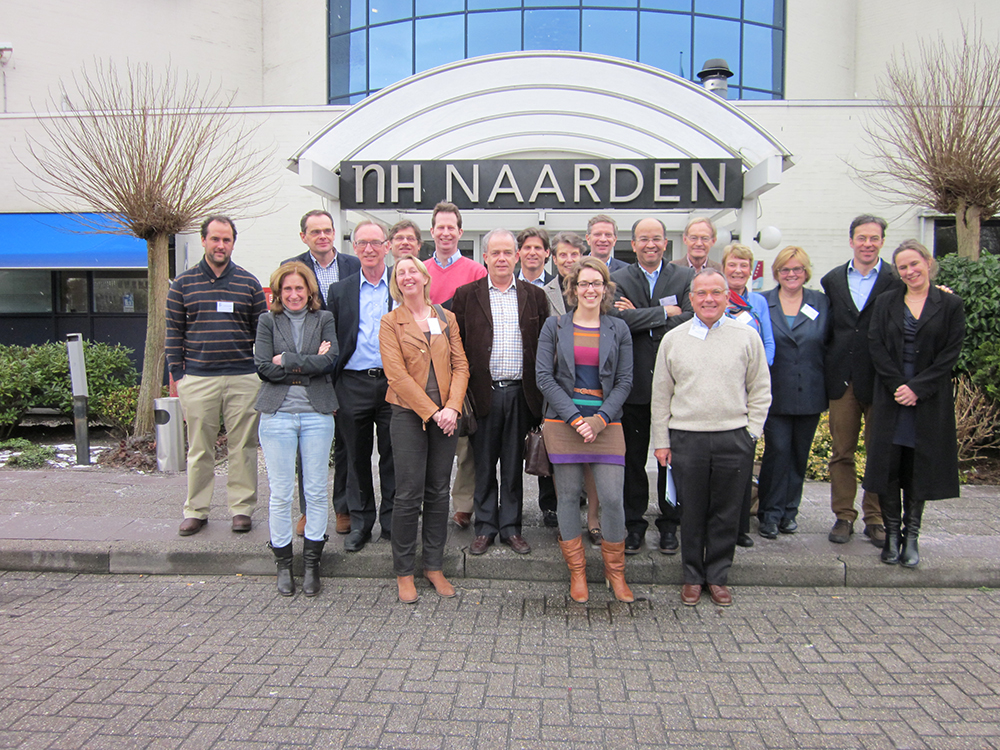Respiratory Pathophysiology in Congenital Onset Neuromuscular Disease: Implications for Pro-active Care and Clinical Research
Location: Naarden
This workshop was co-sponsored by Cure Congenital Muscular Dystrophy and the Muscular Dystrophy Association.
Background
Respiratory insufficiency is the primary cause of morbidity and mortality for congenital onset muscle disorders, which includes congenital muscular dystrophy (CMD) and congenital myopathy (CM). Respiratory complications have serious indirect effects such as caregiver days off work, patient days off school, fatigue and failure to thrive combined with in increased need for medical resources (durable medical equipment, hospitalizations, intensive care unit admissions). These highlight the importance of identifying an early intervention and consistent treatment approaches as well as identifying primary respiratory endpoints for clinical trials.
Rationale for the Workshop
With decades of basic science research clinical trial readiness in the CMD community is important. In congenital onset muscle disorders, changes in respiratory function are caused by a combination of factors including diaphragm, intercostal, and abdominal wall muscle weakness, scoliosis, chest wall distortion due to costovertebral contractures and bulbar dysfunction. These changes, which lead to abnormal breathing mechanics, may worsen lung and chest wall compliance (mobility), lung volumes and gas exchange. To the extent that pulmonary reserve (lung volume) can be maintained, the onset of respiratory difficulties can be delayed. Doing so requires sensitive early indicators of respiratory decline and standard pulmonary measurements such as PImax, PEmax, FVC and % predicted FVC may not be sensitive enough to identify these sometime asymptomatic changes. Additionally, as therapeutic targets to preserve muscle function and a mandate to be able to perform reliable testing in younger patients, robust endpoints in the under 5 year old age range is critically important.
Identifying opportunities to characterize ventilatory support through timed weaning trials and validating changes in ventilator settings and hours on ventilator as surrogate endpoints may become a priority to enroll cohorts with early dependency on full time ventilatory support. Whether thoracic imaging or the use of stress mimetics to induce a respiratory challenge would provide rigorous, reproducible measurements of chest wall apparatus mechanics remain untested in this cohort. Polysomnography has both a clinical application to determine initiation of an intervention (ventilation) and a potential role as a clinical trial endpoint.
Objective of the meeting
1. Discuss current respiratory endpoints and their validity and reproducibility in congenital onset muscle disorders both for clinical management and and research .
2. Discuss core protocols for surveillance, peri-operative management and initiation of non-invasive ventilation.
3. Review respiratory muscle physiology, interventions and pro-active management of respiratory insufficiency during initial decline towards needing full time ventilation.
Conclusions of the meeting
The meeting was co-organized between the ENMC and Cure Congenital Muscular Dystrophy, a non-profit organization from the US. Seventeen participants from 8 different countries provided expertise in sleep medicine, pulmonary function testing, applied respiratory physiology and clinical outpatient and peri-operative management of early onset congenital muscle disorders. Key conclusions achieved during the meeting:
- A recognition that the current respiratory care experience for people with congenital onset muscle disorders is highly variable. To successfully address this variability, a parallel bottom-up (patient organization driven) and top-down (clinician and scientific expert driven) approach is needed.
- A key priority is to develop retrospective and prospective clinical research projects across a respiratory physiology consortium. Key issues to be addressed by these projects include:
- the timing of polysomnography (PSG) in congenital onset muscle disorders, the interpretation of PSG results in the paradigm of respiratory failure and the application of ventilator support in the way that each patient needs.
- the suitability of forced vital capacity versus slow vital capacity as both an acceptable and reproducible measure and an early indicator of respiratory difficulty in congenital onset disorders
- the role of hypertonic saline in the acutely hospitalized congenital muscle disorders with significant airway clearance difficulty
- the role of daily hyperinsufflation and lung recruitment techniques as an early intervention to maintain chest wall compliance (mobility) and delay ventilatory impairment.
- the characterization of respiratory impairment (natural history study) using non-invasive and invasive cardiopulmonary parameters across distinct congenital onset disorders
- Additional priorities include the validation of existing NINDS Common Data Elements for polysomnography and the evaluation of baseline sleep studies prior to ventilation to determine the frequency of detected abnormalities in various congenital muscle disorder subtypes at any given age. Use of de-identified data from the Congenital Muscle Disease International Registry (CMDIR) will facilitate clinical research.
A full report is published in Neuromuscular Disorders (pdf)
